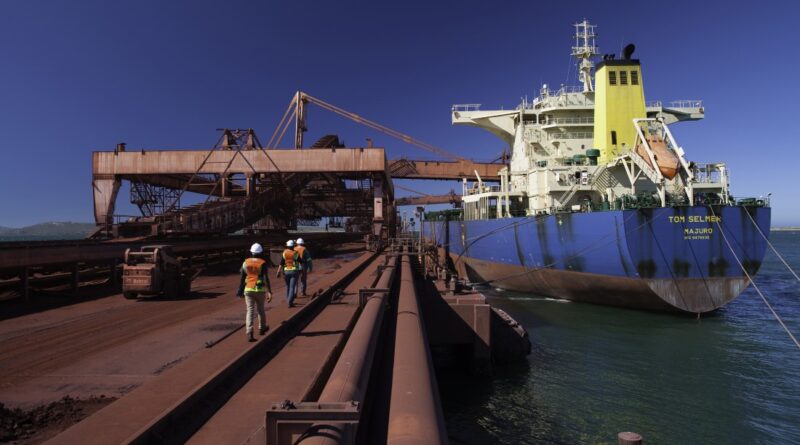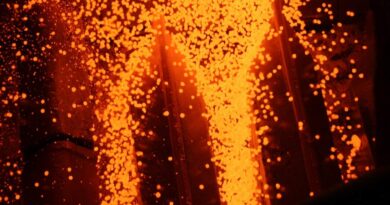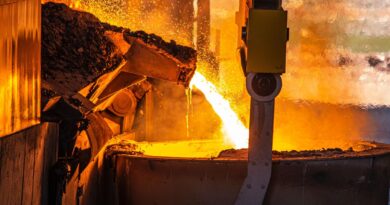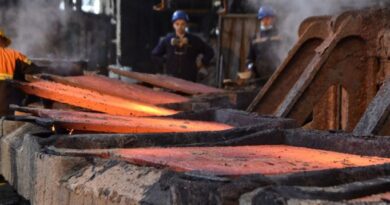New Walvis Bay port expansion anchored in steel
A new, high-volume modern cargo handling facility has been built on reclaimed land in Namibia, doubling capacity and transforming international trade in the region.
Located in a strategic position midway down the coast of Namibia that provides direct access to international shipping routes, Walvis Bay is the country’s largest commercial port. The site receives roughly 3,000 vessels each year, with about five million tonnes of cargo passing through the facility for handling.
The steadily growing level of cargo throughput in the country led the Namibia Port Authority to pursue a levelling up of the region’s infrastructure. This drive to boost logistical capacity for the port was centred on the construction of a 30-hectare modern container terminal.
Sited on reclaimed land, the new facility is bordered by 600 metres of new quay wall that enables a water depth in the port of 16.5 metres. The new terminal allowed for the conversion of the previous container handling facility into a multi-purpose terminal capable of handling bulk and bulk break cargo.
The new $268m facility has increased Walvis Bay’s annual handling capacity from 350,000 TEU containers to 837,000, while container transit time has been cut from 14.5 days to 9.5 days.
Achieving this massive boost to the region’s trade capacity was not straightforward, however, and the site location presented a significant engineering challenge.
ANCHORED IN STEEL
While Walvis Bay’s strategic placement and mild weather system makes it an ideal port location, the corrosive impact of the local environment made the building of the terminal facilities particularly difficult.
The Namibian coastline is known for its salt-laden fogs, high levels of aggressive salts in the local soils and periodic eruptions of hydrogen sulphide from the ocean surface. This combination of factors can lead to rapid deterioration of metal and concrete structures if appropriate measures are not taken.
First, though, the coastal land for the new facility had to be reclaimed. The China Harbour Engineering Company (CHEC) was tasked with dredging over 3.9 million cubic tonnes of sand, as well as constructing the 600-metre quay wall and laying 304,000 square metres of paved surface.
The new $268m facility has increased Walvis Bay’s annual handling capacity from 350,000 TEU containers to 837,000.
CHEC’s solution to the local environmental factors was to secure the quay wall using double corrosion protected steel anchors. These high-strength steel pipes are fully grouted and then sheathed with high-strength HDPE. The point where the pipe is welded to the steel anchor plate is filled with a corrosion preventive compound and the sheathing has a corrugated layer that allows flex when the anchor is placed under stress.
These anchors are drilled two metres apart into the reclaimed land at 30 degrees from horizontal and the strength and ductility of the steel core, combined with the corrosion protection measures, underpin the entire terminal facility by securing the retaining quay wall.
Corrosion protection is also key for the four massive, steel-built ship-to-shore cranes that service the port. These must be carefully maintained, and their steel structures are protected by corrosion resistant paint systems.
This new international trade hub is set to transform the region and it would not have been possible without steel’s impressive strength and flexibility of use, along with its ability to be combined with a variety of anti-corrosion techniques.
Walvis Bay’s unique site demands raised a very specific set of engineering questions and steel had all the answers.




